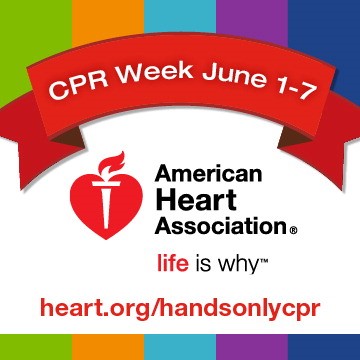
 In developing countries such as India, cardiovascular disease is a major cause of mortality. It is estimated that 60% of the world’s coronary artery disease (CAD) patients are South Asians who have a high prevalence of CAD risk factors at a relatively young age. Acute myocardial infarction (AMI) is frequent and the associated mortality is high in this group. In addition, preventive measures, and myocardial revascularization are both low and heart failure is common in India and it is estimated that four out of five cardiac arrests occur at home. Not only that, but many victims of sudden cardiac arrest appear healthy and may not have any known heart diseases or risk factors. Performing CPR promptly may save the life of someone you love
In developing countries such as India, cardiovascular disease is a major cause of mortality. It is estimated that 60% of the world’s coronary artery disease (CAD) patients are South Asians who have a high prevalence of CAD risk factors at a relatively young age. Acute myocardial infarction (AMI) is frequent and the associated mortality is high in this group. In addition, preventive measures, and myocardial revascularization are both low and heart failure is common in India and it is estimated that four out of five cardiac arrests occur at home. Not only that, but many victims of sudden cardiac arrest appear healthy and may not have any known heart diseases or risk factors. Performing CPR promptly may save the life of someone you love
Statistics indicate that 70%-80% of cardiac arrest cases occur either in the home or at public places. In such cases, the person nearest at hand to the victim is often a bystander with no medical expertise such as a relative, an office colleague, or a passer-by. If those present at the scene are able to provide CPR to the victim promptly, the latter’s chances of survival are significantly increased.
This is because time is the essence when treating a cardiac arrest victim. Once the heart stops beating and blood flow stops, a person will lose consciousness within 15 seconds. Within another 30 to 60 seconds, he will stop breathing, and irreversible damage to his brain cells will follow after several minutes of oxygen deprivation. Hence timely management could save the lives of someone if an individual is aware of CPR and AED. Therefore AHA found there is an emerging needs to train the individual with skills to deliver CPR and AED appropriately.
The steps of adult CPR follow:
BLS at MWT Global Academy offers you the wide scope and opportunity to learn and demonstrate the skills necessary to save the life.
In this post we’ll preview some of the topics commonly covered, so you’ll know what to look forward to when you take the CPR/First Aid plunge. Depending on the course you take, you’ll learn CPR skills (which covers CPR for all ages, AED & choking), CPR for adults, and/or CPR for children. We’ll break it down for you in more detail, but in a nutshell, you’ll leave your CPR classes with the knowledge, skills, experience, and confidence you need to help save a life.

